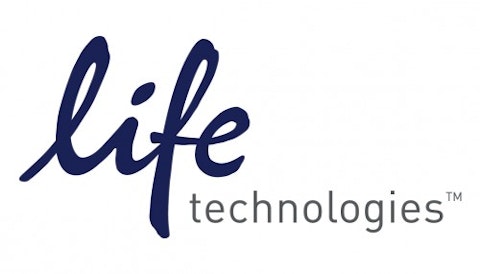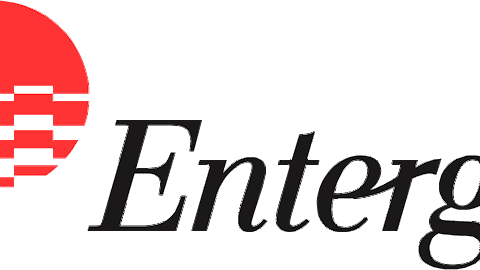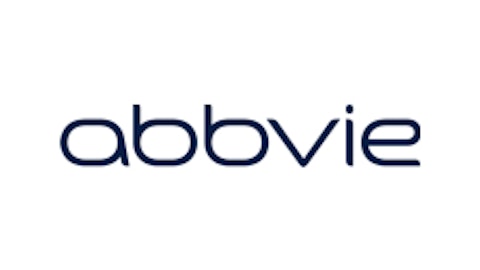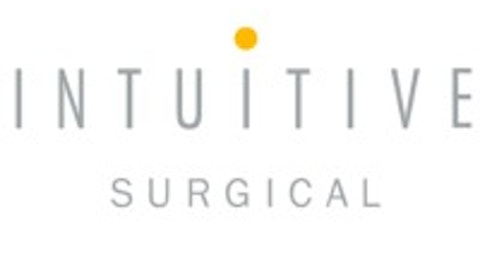I admit it’s sometimes difficult to look too far down the road when the market continues to head higher regardless of the economic news. My investments have fared well as of late, and anyone who’s been an optimist over the past four years is probably doing well, too. But the market doesn’t have much regard for the past; it’s all about what’s in the future that often drives stocks. That’s why I want to look at a sector that’s poised for big gains over the next decade: the health care sector.
I understand there’s plenty of animosity toward the sector because of high branded-drug prices and a long, drawn-out, drug development process, but there are five reasons why health care represents your best investment choice over the coming decade rather than traditionally strong sectors like technology or financials.

There is one primary reason why research costs are contributing to better drugs coming down our pipeline: Big technological advancements over the past decade.
Drug research all begins in the lab. According to the U.S. National Institutes of Health, there are more than 140,000 clinical studies currently under way. This figure has ballooned since 2000 as higher quality genome-sequencing equipment and better in-lab instrumentation has allowed researchers to conduct significantly more studies for the same previous cost.
Source: ClinicalTrials.gov, a service of the U.S. National Institutes of Health.
The chart above means a big boost in human genome sequencing demand for Life Technologies Corp. (NASDAQ:LIFE). Life Tech introduced its Benchtop Ion Proton Sequencer in January last year for a price of just $149,000 and touted its ability to sequence the human genome in a single day for just $1,000. Previous versions had cost anywhere from $500,000-$750,000 and took weeks or months to sequence the human genome at a cost of $5,000 to $10,000 a pop.
Source: National Human Genome Research Institute.
As you can see, human genome sequencing costs have dropped through the floor, falling from north of $95 million in 2001 to less than $7,700 as recently as January 2012. The introduction of Life Technologies’ Benchtop Ion Proton Sequencer should send these costs heading even lower. Note the correlation between these two charts as clinical studies soared when DNA costs began falling through the floor.
DNA sequencing is becoming increasingly important in cancer research, as sequencing tumors can lead to personalized therapy. Scientists at the Washington University School of Medicine in St. Louis, Mo., for instance, had fully sequenced 700 cancer patients’ genomes, including healthy and cancerous cells, as of April last year, according to Science Daily. The lower cost of genome mapping and faster turnaround time will speed up the process of identifying mutations and could offer personalized cancer therapies in the not-so-distant future as opposed to a “one-size-fits-all” therapy.
Considering that health-care research budgets are only expanding, genome sequencing costs are falling, and that the sheer number of clinical studies being undertaken is rising, I can only assume that the next decade will see FDA approvals at a well-above-average rate than in the previous decade.
2. Follow the baby boomers
The 1990s and the first half of the 2000s was a generally good time for the financial sector as baby boomers earned a good living and had a lot of success investing their money. The train wreck that began in 2007 changed all of that, turning the financial sector into a veritable wasteland and hurting baby boomers more than any other generational class. With the first baby boomers (born 1946 to 1964) coming of retirement age in 2011, and roughly 10,000 boomers retiring each day from now through 2029, a boom in the health-care industry seems all but assured.







